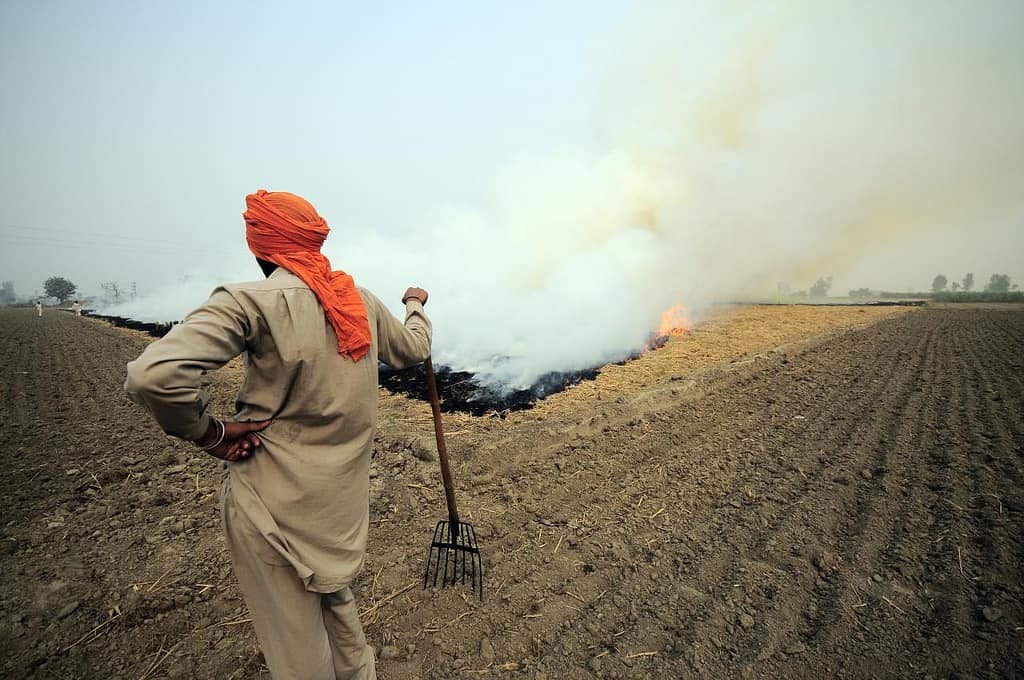Unemployment Halves post-Demonetization in India

SBI Research using the estimates by BSE and CMIE based on data collected on “employment/unemployment status of all members of 15 years or older from a sample of randomly-selected households” has said that between August 2016 and February 2017, India’s unemployment rate HALVED from 9.5% to 4.8%. Interestingly, UP and Bihar saw the biggest decline of from 17.1% to 2.9 % (UP) and 16.7% to 3.7% (BIhar) for Aug 2016-Feb2017 period. Meanwhile Madhya Pradesh (2.7%) and Odisha (2.9%) saw 10% decline and Jharkhand (3.1%) saw a fall of 9.5%. The major impact happened due to proper use and targeting of the once-failed scheme of MNREGA. Under Congress, MNREGA was basically a money-siphoning tool (The Indian Job Program Scam: Plunder under MNREGA)
The report attributes the decline in unemployment rate primarily to the Narendra Modi government’s efforts in to generate employment opportunities in rural areas.
“This decline is also explained by households demanded/allocated work under MGNREGA, which increased from 83 lakh households in October 2016 to 167 lakh households in Februrary 2017. Hence, on the one hand the unemployment rate has halved, on the other hand work de-manded has doubled,” says the report.
It notes that the number of works completed under MGNREGA increased 40% to 50.5 lakh in FY17 compared to 36.0 lakh in FY16.
Major works have been completed for the Anganwadis, Drought Proofing, Rural Drinking Water, Water Conservation and Harvesting.
Unemployment Halves post-#Demonetization in India #IndianEconomy Click To Tweet
This and the high economic growth rate of 7% despite demonetization is a slap in the face Modi’s critics who kept painting dark scenarios. This is what Shashi Tharoor had to say:
Former Prime Minister Manmohan Singh estimates that India’s GDP will shrink by 1-2% in the current fiscal year.
But, as is so often the case, the impact is not being felt equally by all. India’s wealthy, who are less reliant on cash and are more likely to hold credit cards, are relatively unaffected. The poor and the lower middle classes, however, rely on cash for their daily activities, and thus are the main victims of this supposedly “pro-poor” policy.
Small producers, lacking capital to stay afloat, are already shutting down. India’s huge number of daily wage workers can’t find employers with the cash to pay them. Local industries have suspended work for lack of money. The informal financial sector – which conducts 40% of India’s total lending, largely in rural areas – has all but collapsed. (Source)
If you see – all those doomsday predictions and analyses by Tharoor and Dr Manmohan Singh (an economist presumably) seem rather nonsensical as the results come out.
What these people did NOT understand was the tenacity of the Government and the impact of the Jan Dhan Yojana along with millions of bank accounts – which even if they were with zero balance then, became the conduit for proper payments in MNREGA world. Based on many infrastructure schemes and projects implemented and decisions taken, India was able to clock the highest economic growth rate in the world.
India’s fiscal quarter ending in December expanded at an enviable 7% clip, putting to rest the fear that India’s ongoing cash crunch following demonetization would take a big bite out of the economy.
In the fiscal third quarter ended Dec. 31, the market was expecting a growth figure closer to 6%. While the year-end figure is lower than that of the prior quarter – 7.3% — India is still expanding at a faster pace than any of the major emerging markets –Brazil, China or Russia. (Source)
It is imperative to understand that in the end, it is not just one action of the Government that can be taken in isolation when one is analyzing. But take the entire work in terms of schemes and projects implemented that will help evaluate the future direction of the Indian economy.
Featured image: Flickr



